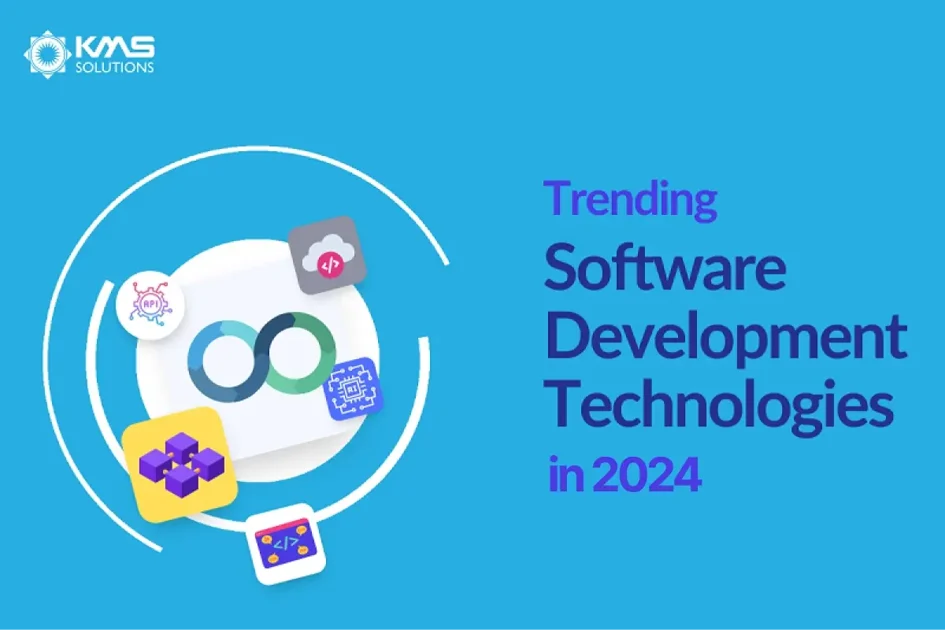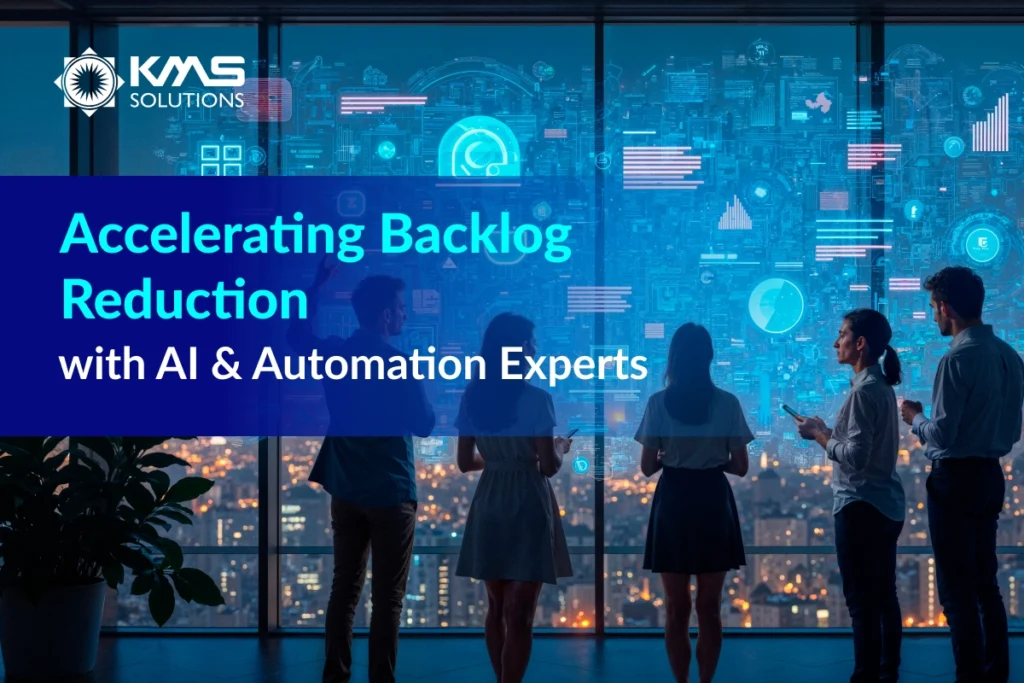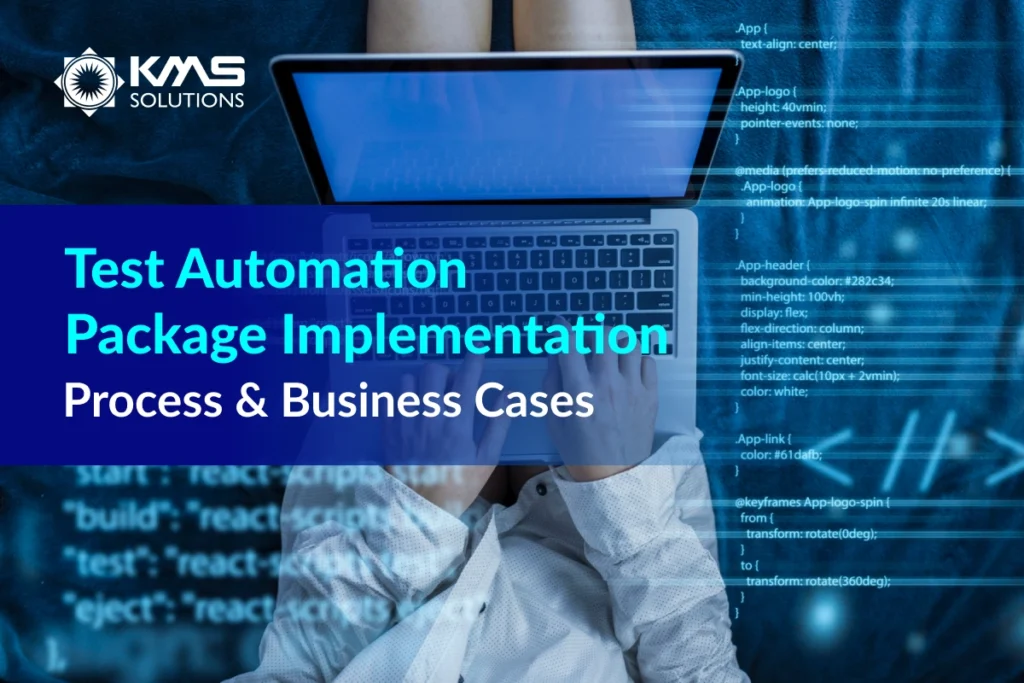Going into 2024, we expect a strong, robust recovery for the software development industry. Information technology (IT) spending worldwide is anticipated to increase to a staggering $5 trillion in 2024, according to Statista. The software development landscape has undergone considerable change due to the evolution of advanced technology. Where will technology and software lead us this year? Let’s take a look at the latest technologies in the software industry in 2024.
Top 9 Trending Software Development Technologies in 2024
1. Cloud computing & higher-order infrastructure continue to rise
Cloud computing has grown astonishingly in recent years, and there is no indication that this growth will slow down soon. By 2025, the cloud budget will account for over half of all IT spending, as per Gartner. It’s projected to yield a revenue of $13.8 billion, prompting major corporations like IBM, Google, Cisco, and Microsoft to invest in this emerging technology trend to stay competitive in this market.
It’s no surprise considering the numerous benefits cloud computing brings to enterprises. Virtualized infrastructure and tools provide a more agile solution to many needs. What’s interesting is how this technology evolves.
Although the concept of dynamic, cloud-hosted virtual machines (aka infrastructure as a service – IaaS) was compelling, PaaS and serverless functions are the future. Additionally, we are witnessing both a vertical and horizontal evolution in the diversity and specialization of solutions.
Virtualized infrastructure allows innovative leaders to create higher-order digital products. API hosters and API providers are the two large players in this space.
Services such as Vercel and Netlify are two great instances of modern API hosters. They introduce a type of serverless infrastructure that rides on top of the PaaS and IaaS layers.
Meanwhile, MongoDB Atlas is a prime illustration of advanced API providers. This API mostly offers data durability. Fundamentally, it is a remotely available API as a service.
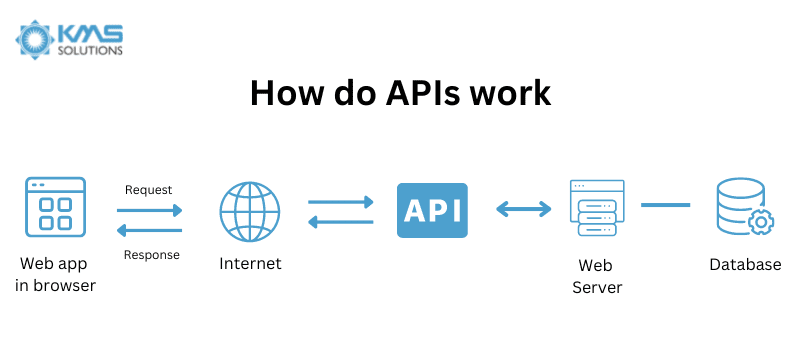 Another intriguing finding regarding successful tools in this field is that they frequently include three components:
Another intriguing finding regarding successful tools in this field is that they frequently include three components:
- A web-based administration interface
- An API that apps can connect to, and
- In-code integration capabilities.
2. JavaScript maintains its popularity
At the front end, the JavaScript language continues to dominate the market and is one of the popular software technologies that needs to be considered. On the other hand, fierce rivalry occurs between the JavaScript frameworks. While more recognized reactive frameworks like React and Vue continue to expand, projects like Svelte, Qwik, and Solid are pushing the envelope in a plethora of ways.
3. Custom middleware gains traction
Most work done in the cloud involves combining APIs and incorporating existing tools, which will always require people to perform some bespoke work at the middleware level.
Although frameworks like JHipster and server-side languages like Rush are promising innovations, the area is still in constant transition. Similar to the front-end, the back-end is awaiting a more comprehensive evolution.
Established solutions like Java, Node.js, and Python (and their related frameworks) are all well-matched to the environment as they persistently improve to accommodate real-world demands. They will continue to be a vital realm of activity. Middleware code will remain a trending technology in the coming years, as IaaS is still an essential element in a serverless architecture.
4. Low-code and no-code are on the rise

Software development is often known to be an intricate and elaborate process. In fact, 52% of software initiatives are ‘’challenged’’ while 20% of all projects fail.
Moreover, the development process is relatively expensive.
These concerns have prompted some in the software development sector to start promoting a more simplified method of building software: low-code/no-code. Simply put, they are a cloud-based visual integrated development that enables citizen developers (non-technical individuals) to swiftly construct software products without knowing advanced IT knowledge or coding skills.
Comes with pre-built components like visual interface, drag & drop functionalities, automatic code generation, and business process maps, these platforms help enterprises create mobile/web apps effortlessly.
Markets capitalizing on low-code development are expected to hit $187 billion in revenue, and more than half of all medium to large companies will have applied a low-code application platform by 2023. Bubble, Builder, and Adalo are some popular no-code platforms lately.
5. The trending of decoupled architecture (microservices)
Remotely decoupled architecture, or microservices is another trending software development technology this year. This new approach is anticipated to surpass 25% of the CAGR through 2026, adding $1,59 billion in market value.
The old method monolithic architecture paradigm entails coupling and running each application process as a separate service. Since all the code is combined, modifying one element can change the whole application. Neither agile nor scalable, this strategy is certainly incapable of fully utilizing the cloud’s inherent potential .
In contrast, the microservice architecture includes modules designed as independent services. Each module supports a particular activity or objective and interacts with other groups of services via an API. Building, managing, and updating the modules without affecting others is now possible. When a fault arises, it is isolated, remediated, and redeployed within a single service.
Microservices with the new structure demand less development time and are scalable. They could potentially be repurposed in other projects.
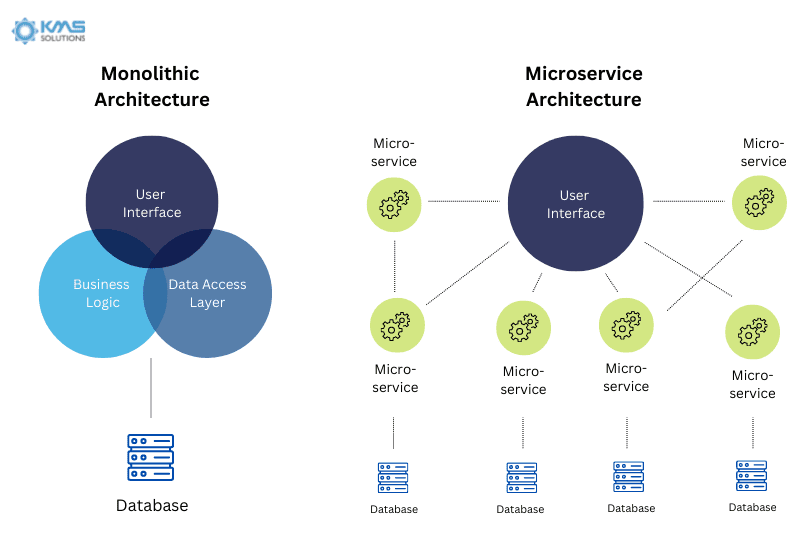
6. Blockchain makes headway
Most of the discussion on blockchain technology has centered on cryptocurrencies. However, in 2024, the implication of technology for the software development market will be much bigger.
Global spending in the blockchain field will increase at a CAGR of more than 46% in 2024, emphasizing it is a trending software development technology that developers should be aware of.
Blockchain-oriented software (BOS) systems are powerful and secure. Data security is maintained at the highest level with data replication and decentralization, along with additional data security measures like transaction recording and public-key cryptography can ensure safety. Even though users can view and record the software, they can’t make changes or remove any data, minimizing cybersecurity.
Software development for the healthcare sector is one area where the security of blockchain technology is particularly enticing. For instance, blockchain-based platforms can connect pharmaceutical firms, medical device OEMs, insurers, hospitals, and others. They can record contract information, monitor transactions, and supply payment information while automating their contract terms using smart contracts.

Another popular type of blockchain-based software is decentralized applications (dApps). These programs exist and operate on a peer-to-peer (P2P) network of computers rather than a single computer. DApps are outside of the jurisdiction and control of a single authority. Often built on the Ethereum platform, they can be deployed for various industries like gaming, finance, and social media.
7. DevSecOps has started to gain popularity.
DevSecOps is short for development, security, and operations which represents a new software development approach that integrates security throughout the IT lifecycle.
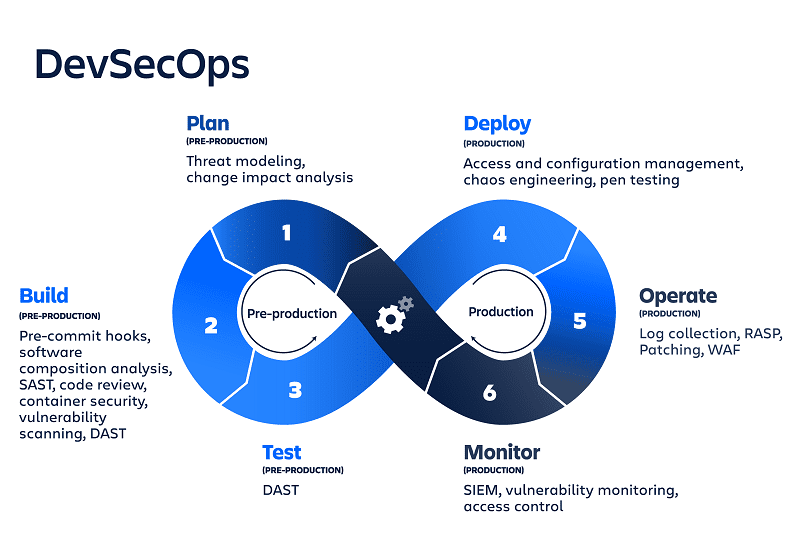
As new software and features are released constantly and rapidly, DevSecOps becomes important as it allows the code to go through security and security processes quickly without hindering development time. Developers can now address code security concerns in real time instead of fixing them at the tail end of the development process.
Many teams are using this strategy. According to a 2021 GitLab survey, 72% of security pros rated their organization’s security efforts as either ‘’strong’’ or ‘’good’ with the involvement of DevSecOps in their operations. The approach is still being contested internally, though. The survey outlined that 45% of security team members believe developers capture less than 25% of code bugs.
However, the DevSecOps strategy has quite a strong ROI. Those firms that employ the approach use code 46x more often compared to low-performing teams. Additionally, these companies are 144% more likely to promptly solve security problems while decreasing costs 56% more effectively.
8. Process Automation
Process automation, which coordinates the process teams deploy to create software, is progressively key for its capability to deliver best practices. We notice a concentration on customized solutions in this area. Every corporation is different, so there is value in detecting what works well, as identified in large firms like Google and Microsoft, and incorporating it into solutions that work for teams of all sizes and types.
Examples of process automation tools in developer activities include CI/CD solutions, dependency management tools, and testing frameworks. This category also involves version control and related services like GitHub.
9. Cyber Security
Gartner predicts that by 2025, cybersecurity risk will serve as a primary factor for 60% of organizations when evaluating third-party transactions and business partnerships.
Cybersecurity may not be considered an emerging new technology trend, yet it is still evolving alongside other technologies. This evolution is driven by the cyber threats occur daily, especially in the banking and financial services sector.
Malicious hackers persist in their efforts to unlawfully access data, continuously seeking ways to breach even the most robust security measures. Additionally, advancements in technology are being leveraged to bolster security measures. As long as hackers still exist, cybersecurity remains a trending technology since it will constantly evolve.
Wrapping Up
Despite the ever-evolving nature of technology worldwide, the above 9 trending software development technologies are expected to be used widely in 2024, especially in the financial services industry.
To stay ahead of the curve in adopting these revolutionary technologies, having a dedicated and skilled financial technology partner like KMS Solutions is essential. We support financial services clients to improve customer experience through innovative software products, enhance product quality, improve operational efficiency, and diversify their service offerings.
With 15+ years of software development experience, we possess not only extensive digital capabilities but also the agility and reliability required to take on any project.



